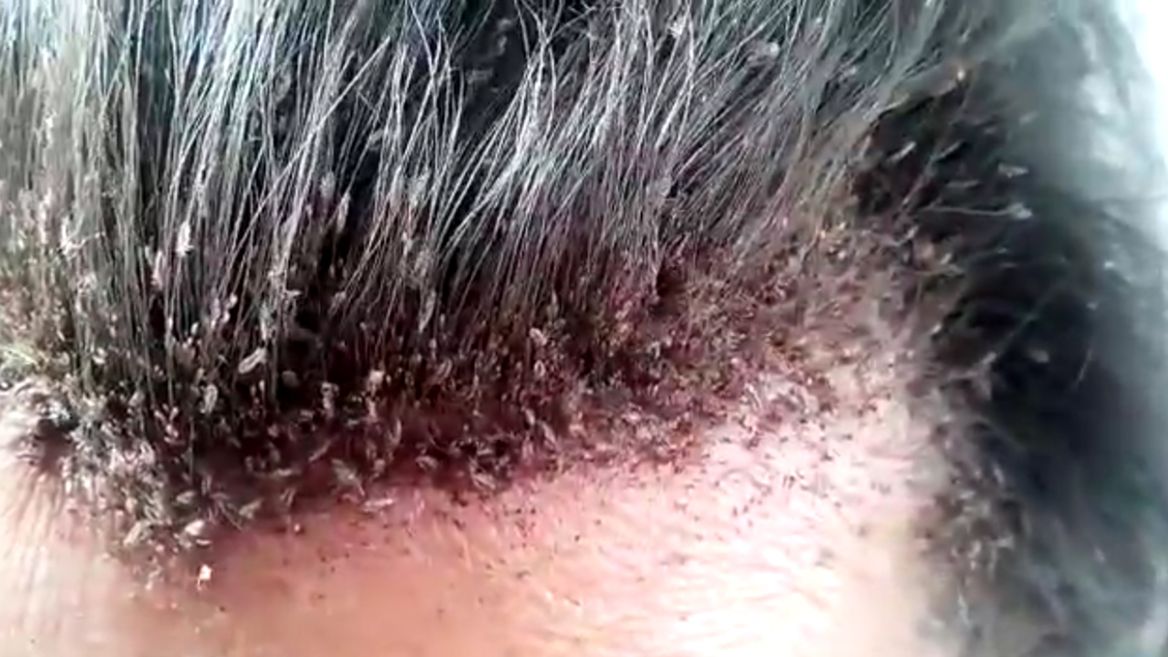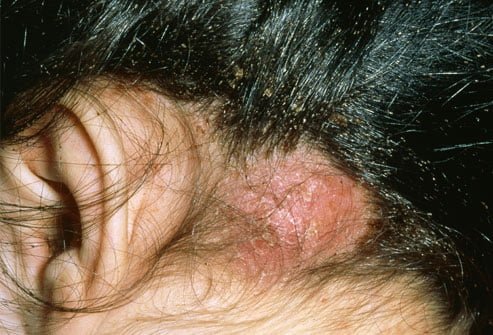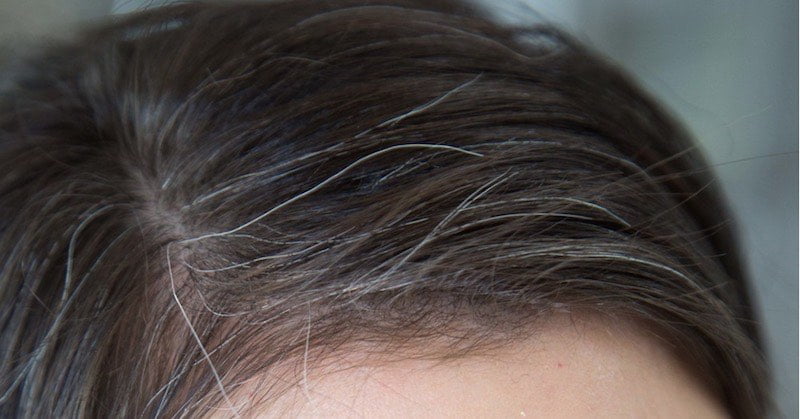Head lice are tiny insects which feed on blood from our scalp. An infestation of head lice, which is known as pediculosis capitis, is most affecting children. Usually, this condition results from the direct transfer of lice from the hair of one individual to the hair of another individual. When you have a head lice infestation, then this does not mean that you live in unclean living environment or you have a poor personal hygiene. Also you should know that the head lice do not carry viral or bacterial infectious diseases. Mostly this condition is treated with over – the – counter and prescription medicines. It is very important to follow treatment instructions carefully because it can help you to rid of the head lice from your scalp and hair, but also you will rid of their eggs as well. Also there are many natural or home remedies which are used for the treatment of head lice infestations but there is little or no clinical evidence that they are effective. If you suspect that you or your children has a head lice infestation, then visit your doctor as soon as possible. [1]
Symptoms of head lice infestation
You may not know that you have lice infestation. Most common signs and symptoms of head lice are:
- Lice eggs (nits) on hair shafts: It is known that the nits stick to the hair shafts. Incubating nits can be very difficult to be seen because they are very tiny. They are easiest to spot around the hairline of the neck and the ears. If you have empty nits, then you can easily spot them because they are light in color and further from the scalp. But if you have nits, this does not always means an indication of an active infestation.
- Lice on scalp: We know that lice may be visible but also they are difficult to spot because they are small, they avoid light and they move very quickly.
- Itching: The most common symptom of head lice is itching on the ears, nose and scalp. This is an allergic reaction to the louse saliva. When someone has an infestation for the first time, then the itching may not happen for 2 – 6 weeks after infestation.

Causes of Head lice
A head louse is a grayish or tan insect which in size is like the size of strawberry seed. The head louse is feeding on our blood and it extracts the blood from our scalp. The female louse is producing a sticky substance which adhere each egg to a hair shaft. This egg is attached approximately 4 millimeters (3/16 inch) from the base of the shaft and this is an environment which is providing an ideal temperature for incubating an egg.
The louse life cycle: A louse egg hatches after 8 or 9 days. A nymph is an immature form of the louse. The nymph is becoming a mature adult louse after 9 – 12 days and this adult is living for 3 – 4 weeks.
Transmission: It is known fact that the head lice crawl, but they do not fly or jump. In the most cases the transmission of head louse is happening from one person to another when they have a direct contact. [2] This is a reason why the transmission is mostly happening among children who have close contact at school or party or it is within a family. Indirect transmission is not likely, but the lice can spread from one individual to other individual by items [3,4] such as:
- Towels
- Upholstery
- Pillows
- Headphones
- Hair accessories
- Brushes and combs
- Hats and scarves
Indirect transfer can also happen among items of clothing which are stored together. For example, scarves or hats hang on the same hook or they are stored in the same school locker which can be the vehicle for transmitting lice. Dogs and cats, which are household pets, are not playing a role in spreading head lice.
Risk factors: The head lice are spread most commonly by head – to – head contact and this is a reason why the younger people or children who go on school have the highest risk of getting head lice. It is known fact that in the United States of America, cases of head lice are most commonly happening in children who are in their preschool through their middle school. [1,5]
Complications: If your child is scratching an itch scalp from a head lice infestation, then it is possible for the skin to break and to develop an infection.
References:
[1] Salehi S, Ban M, Motaghi M. A study of head lice infestation (Pediculosis capitis) among primary school students in the villages of Abadan in 2012. International Journal of Community Based Nursing & Midwifery. 2014;2(3):196–200.
[2] Meister L, Ochsendorf F. Head lice: Epidemiology, biology, diagnosis, and treatment. Deutsches Arzteblatt International. 2016;113(45):763–72.
[3] Moosazadeh M, Afshari M, Keianian H, et al. Prevalence of head lice infestation and its associated factors among primary school students in Iran: A systematic review and meta-analysis. Osong Public Health and Research Perspectives. 2015;6(6):346–56.
[4] Yingklang M, Sengthong C, Haonon O, et al. Effect of a health education program on reduction of pediculosis in school girls at Amphoe Muang, Khon Kaen Province, Thailand. PLoS One. 2018;13(6):e0198599.
[5] Nazari M, Goudarztalejerdi R, Payman MA. Pediculosis capitis among primary and middle school children in Asadabad, Iran: An epidemiological study. Asian Pacific Journal of Tropical Biomedicine. 2016;6(4):367-70.





[…] and anxiety can notice, over a period, white hairs are gradually appearing on his hair. Tension, deep sorrow, shock, worry, malnutrition and other similar conditions may also slow down the production of melanin and this is […]